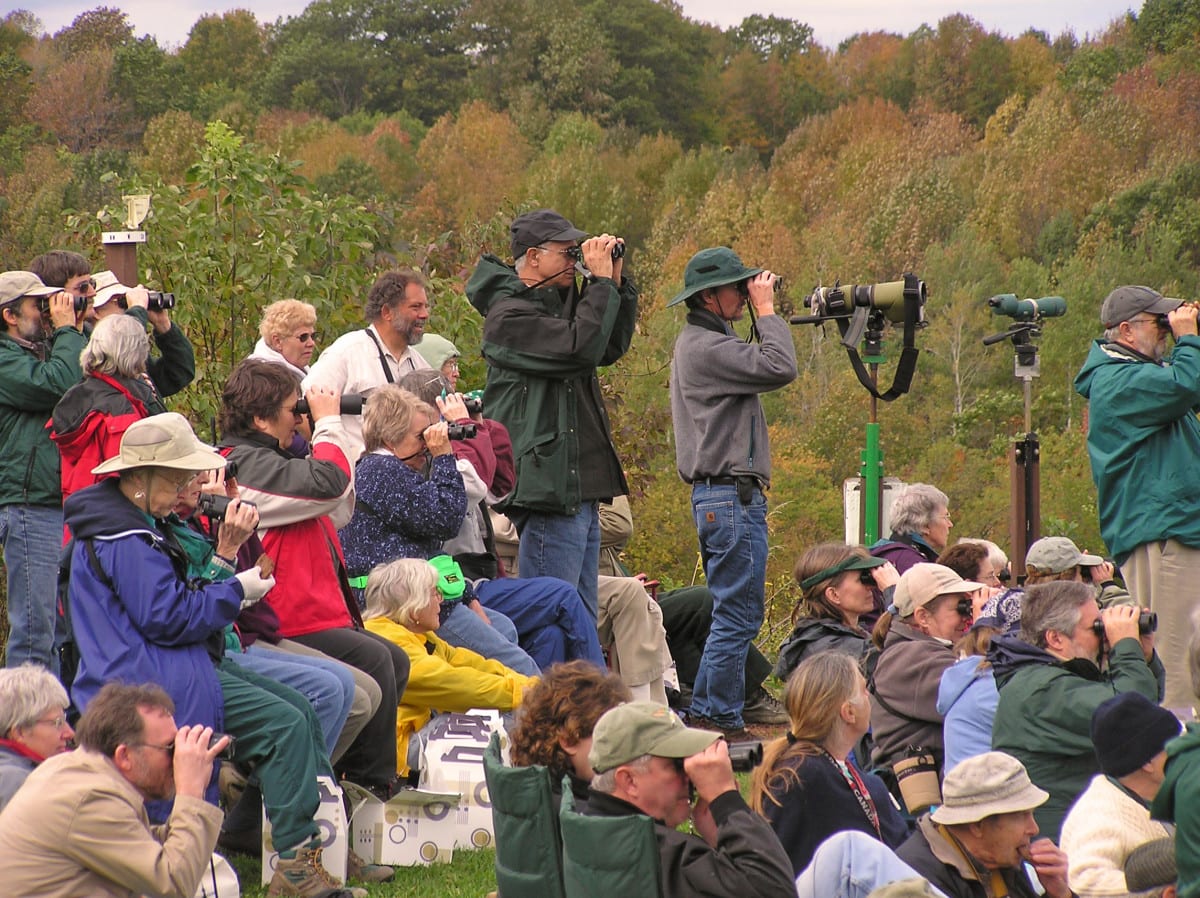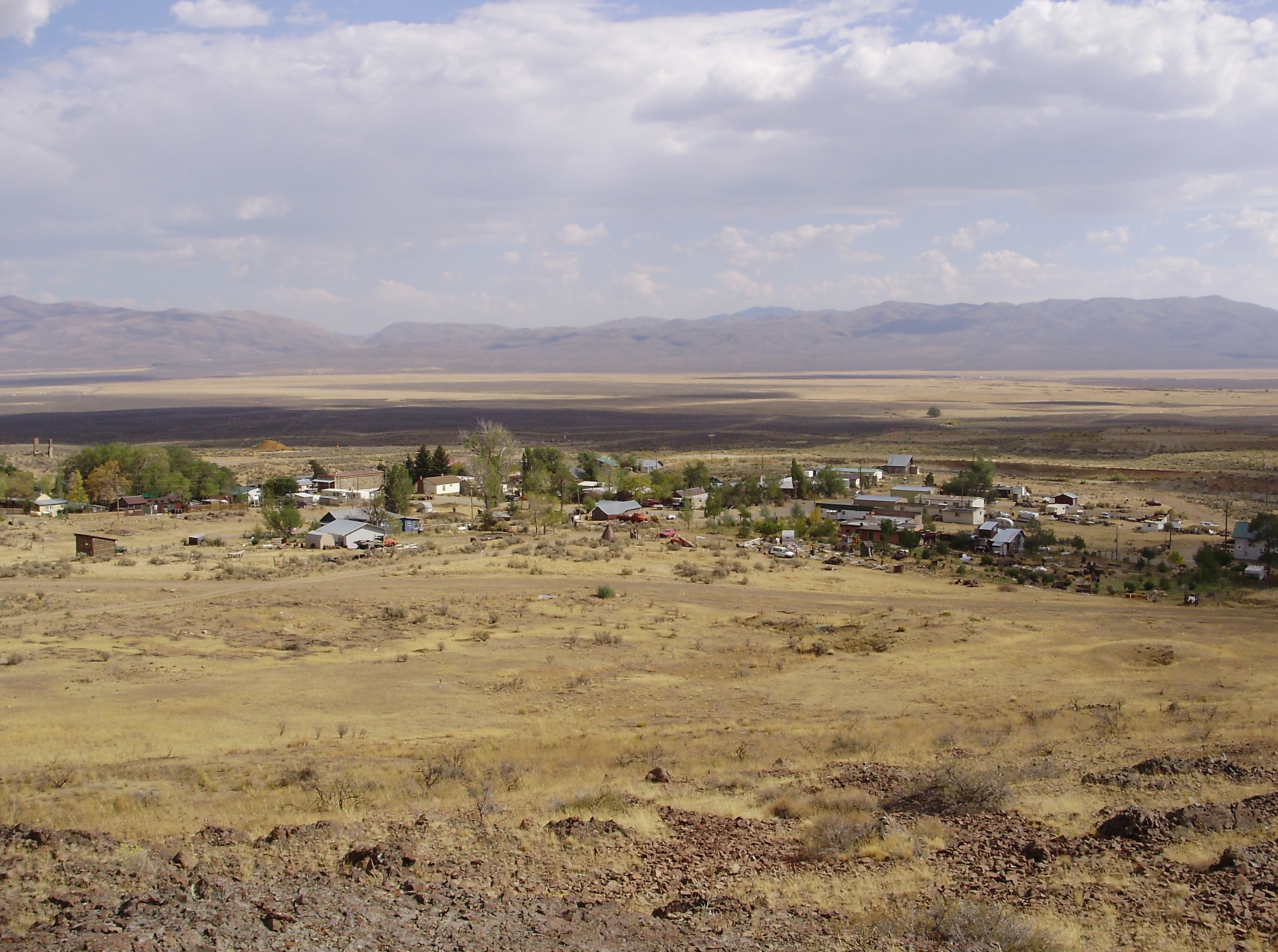
February Snow
by Francisco Aragón
The tint of the sky between sunset and night.
And wandering with you and your nephew
in that maze, half-lost—Madrid
of the Austrias—looking for Plaza of the Green
Cross where, days before you arrived,
an Opel with false plates was parked, its wheels
straddling the curb, and so the van
heading for the barracks that morning
had to slow to squeeze
past . . . Back at the hotel your mom
is holding up her gift—Amethyst, she says
admiring how light
when passing through a prism
bends. At his window that morning before we began
my student said, ¡Qué bonito!, watching it drift
and descend, settling on roofs and cars.
And I think of you and your wife
and daughter: getting to see Madrid
in white, your visit winding down, and how
I had wanted that lesson to end
to get to the park—Retiro, they say, is the city’s
one lung, and the way the feel and sound of steps
cease
when grass is completely covered
as if walking on a cloud. The year before
on a visit from the coast, a friend
sitting at a window
watched the flakes flutter
and fall, dissolving before reaching
the ground—aguanieve, he said
while from a town near Seville
B-52s were lifting off . . .
I was in a trance that week
though like most things the war
in the Gulf was soon another
backdrop, like the string of car bombs
the following year. And yet that morning
as soon as I heard, something led me
not to the park but down
to City Hall, workers in the street
evacuated, sipping coffee, though I never reached
the site—of course it was cordoned
off, the spray of glass, the heap
of twisted metal, and so later learned their names
their lives. Of the five
there was one: a postal clerk who
as a boy, would plunge his hands
into the white, the cold
a sweet jolt
whenever he got to touch
the stuff, scooping
it tightly into a ball
like the ones he would dodge and throw
years later
at his wife-to-be: those weekends,
those places—away from city air—
a release . . . Miraflores, Siete
Picos, Rascafría . . . It’s in
his blood, she would come to say
chatting with a neighbor
about his thing for snow—the way it falls
softly, blanketing roofs
and groves, villages
nestled in the Sierra’s
hills: it is February
and she is picturing him
and the boy, up there now
playing, horsing around
SOURCE: “February Snow” appears in the author’s collection Puerta del Sol. Copyright © 2005 by Bilingual Press/Editorial Bilingüe. Reprinted with permission of the publisher.
PHOTO: Palace of Communications, with statue of Cybele, Madrid, Spain, after Storm Filomena, January 2021. The snowfall was the heaviest in 50 years, leaving 20 inches in the capital and nearby provinces.


NOTE: Madrid is the capital and most-populous city of Spain, with approximately 6.5 million in the metropolitan area. It is the second-largest city in the European Union (EU), after Berlin. While Madrid possesses modern infrastructure, it has preserved the look and feel of many of its historic neighborhoods and streets. Its landmarks include the Plaza Mayor, the Royal Palace of Madrid; the Royal Theatre with its restored 1850 Opera House; the Buen Retiro Park, founded in 1631; the 19th-century National Library building (founded in 1712) containing some of Spain’s historical archives; many national museums, and the Golden Triangle of Art, located along the Paseo del Prado and comprising three art museums: Prado Museum, the Reina Sofía Museum, a museum of modern art, and the Thyssen-Bornemisza Museum, which complements the holdings of the other two museums. Cybele Palace and Fountain (pictured above) has become one of the monument symbols of the city.
PHOTO: Madrid, Spain, cityscape. Photo by Rudi1976, used by permission.

ABOUT THE AUTHOR: Francisco Aragón is the son of Nicaraguan immigrants. A native of San Francisco, California, he holds degrees in Spanish from UC Berkeley and NYU. Upon his return to the U.S. in 1998 after a decade in Spain, Aragón completed graduate degrees in creative writing from UC Davis and the University of Notre Dame. In 2003 he joined the faculty of the University of Notre Dame’s Institute for Latino Studies where he established Letras Latinas. A CantoMundo fellow and a member of the Macondo Writers’ Workshop, Aragón is the author of two books, Puerta del Sol and Glow of Our Sweat as well as editor of the anthology, The Wind Shifts: New Latino Poetry. His third book, After Rubén, was published in 2020. His Tongue a Swath of Sky, his fourth chapbook, was released in 2019. Previous chapbooks include Tertulia, In Praise of Cities, and Light, Yogurt, Strawberry Milk. His poems and translations have appeared in various print and online journals, as well as numerous anthologies. His work as a translator includes four books by Francisco X. Alarcón, as well as work by Spanish poets Federico García Lorca and Gerardo Diego. More recently, he’s been rendering versions of the Nicaraguan poet, Rubén Darío. He has read from his work widely, including at universities, galleries, and bookstores. He’s been a featured poet at the Split This Rock Poetry Festival as well as the Dodge Poetry Festival. Aragón spends the fall semester on the Notre Dame campus, where he teaches a literature course on Latinx poetry, and spring in Washington, DC, where he teaches a poetry workshop featuring the work of local and visiting Latinx poets. Read more of his work at franciscoaragon.net.
Author photo by Craig Mailloux





































